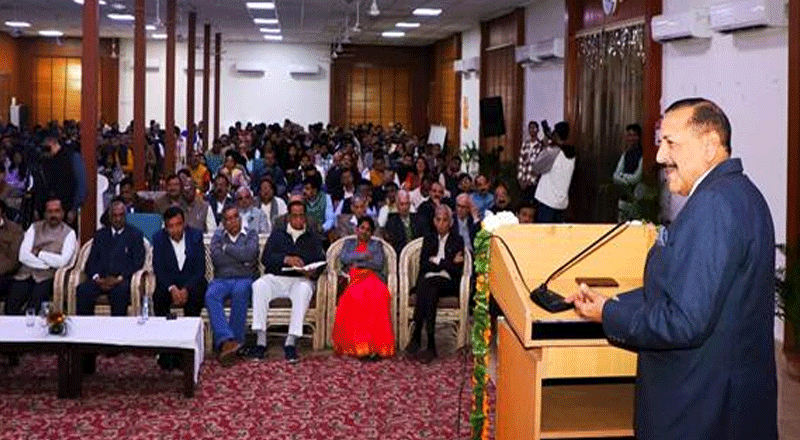India’s Semiconductor Aspirations
India is on a transformative journey to become a key player in the global semiconductor industry. With increasing reliance on advanced electronics across various sectors, the country is actively working towards establishing itself as a major semiconductor manufacturing hub. Government initiatives, strategic investments, and a thriving electronics market are fueling this ambition, setting the stage for substantial growth in the coming years.
India’s Semiconductor Market: A Rapidly Expanding Industry
According to the Indian Electronics and Semiconductor Association (IESA), India’s semiconductor market is expected to reach $103.4 billion over the next five years, driven primarily by the growth of automotive and industrial electronics. This expansion aligns with the broader vision of developing a $400 billion electronics market by 2030. Currently valued at $52 billion for 2024-25, the industry is projected to sustain a compound annual growth rate (CAGR) of 13% throughout the decade.
Key Drivers of Growth
India’s semiconductor demand is surging due to advancements in multiple industries:
- Telecommunications & IT: The rapid expansion of 5G infrastructure and increasing demand for smart devices are fueling semiconductor consumption.
- Automotive Sector: With the rise of electric vehicles (EVs), semiconductors are playing a crucial role in battery management systems, sensors, and automation.
- Industrial Electronics: Growing reliance on automation, robotics, and smart grids is accelerating the need for high-quality semiconductor components.
Established segments like mobile handsets, IT, and industrial applications continue to dominate, contributing nearly 70% of semiconductor industry revenue. However, newer applications are opening doors for further value addition and innovation.
Government Policies Driving Semiconductor Growth
India’s semiconductor ambitions are supported by progressive government policies aimed at boosting local production and R&D. Key initiatives include:
- Incentives for Fabrication Plants (Fabs) and OSATs (Outsourced Semiconductor Assembly and Test) to encourage domestic manufacturing.
- $21 billion in investments committed by leading companies to set up semiconductor production facilities in India.
- The India Semiconductor Mission, part of the ‘Make in India’ initiative, which has approved five major projects, including ventures by Micron Technology, Tata Electronics, CG Power, and Keynes.
The Future of India’s Semiconductor Industry
India’s aggressive push towards semiconductor self-sufficiency is paving the way for a resilient and globally competitive industry. With a strong policy framework, strategic investments, and increasing demand across multiple sectors, the country is well-positioned to emerge as a key player in the global semiconductor ecosystem. If these efforts continue to gain momentum, India could soon become a critical hub for semiconductor production, reducing dependence on imports and strengthening its technological leadership on the world stage.
(With inputs from agencies)





